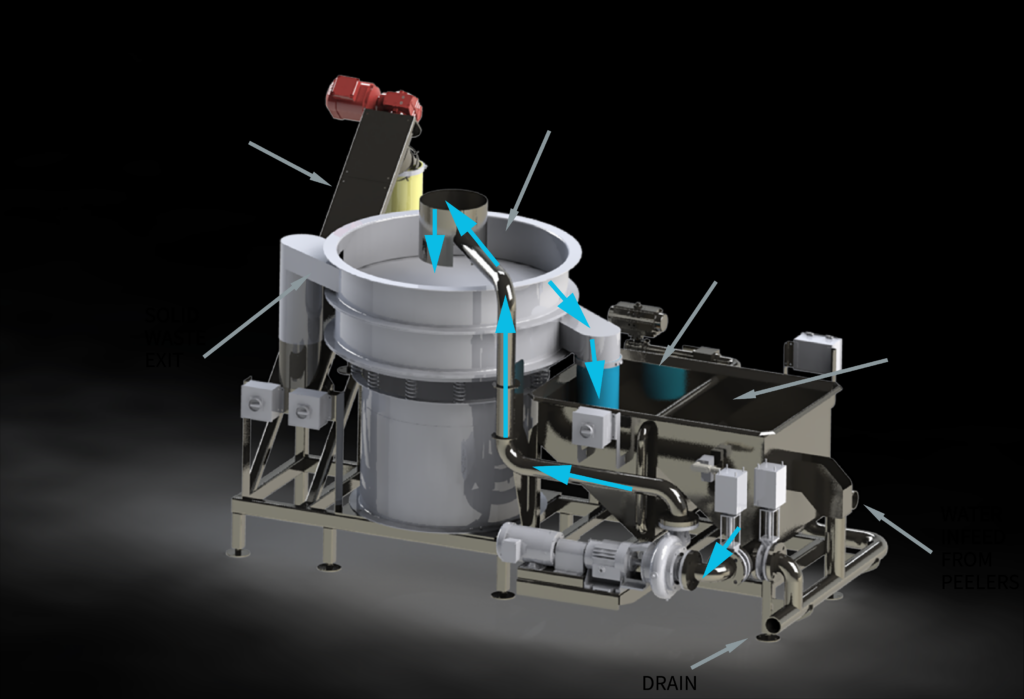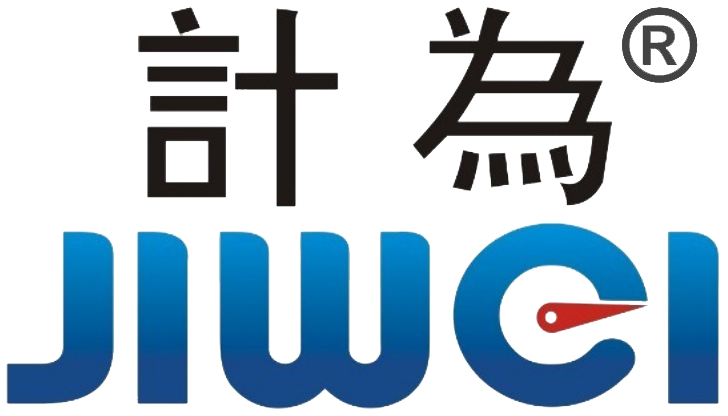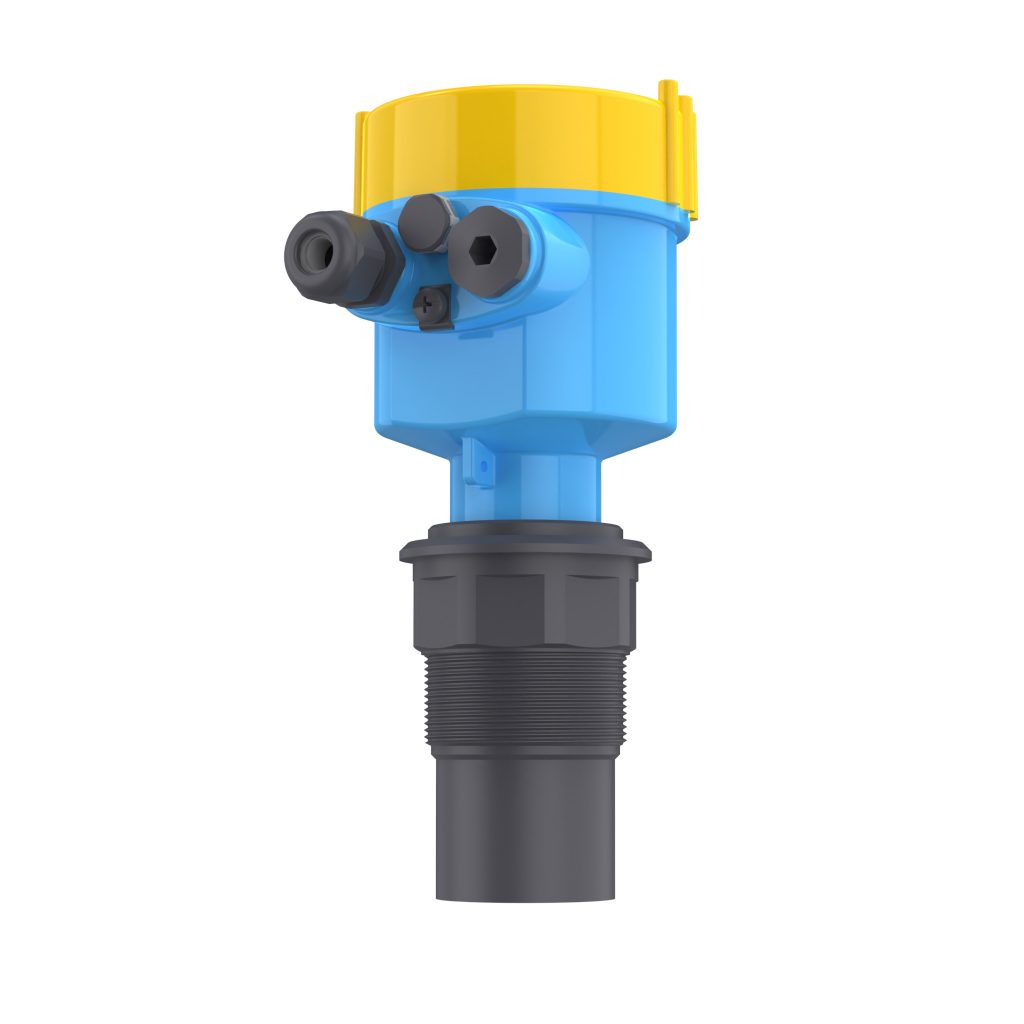5 Revolutionary Application of Ultrasonic Level Meters in Reclaimed Water Systems
Introduction
Reclaimed water systems play a crucial role in water conservation by recycling and reusing treated wastewater. Accurate level measurement is essential for system efficiency, ensuring stability, preventing overflow, and maintaining proper water distribution. Due to their non-contact measurement capabilities, reliability, and high accuracy, ultrasonic level meters have become indispensable devices in reclaimed water systems. This article discusses the specific applications of ultrasonic level meters, relevant equipment, and operational challenges they address.
Working Principle of Ultrasonic Level Meters
Ultrasonic level meters emit high-frequency sound waves from a transducer. These waves travel through the air, reflect off the water surface, and return to the transducer. The time it takes for the echo to return is measured and used to calculate the water level. This non-contact method is ideal for environments with contaminants or chemicals that could damage contact-based sensors. By eliminating direct contact, ultrasonic level meters reduce wear, offering reliability and longevity, especially in harsh conditions. They are versatile, suitable for industrial water management, and wastewater treatment, ensuring accurate and efficient water level monitoring.

Key Applications in Reclaimed Water Systems
1. Storage Tanks and Reservoirs
Storage tanks and reservoirs temporarily hold treated water before distribution. Ultrasonic level meters are used in these facilities to:
- Prevent Overflow: Trigger alarms when water levels approach maximum capacity.
- Avoid Pump Dry-Run: Detect low water levels to protect pumps.
- Ensure Optimal Storage: Facilitate efficient water resource allocation.
2. Equalization Tanks
Equalization tanks balance inflow variations in wastewater treatment plants. Accurate level measurement is critical for:
- Maintaining Consistent Inflow Rates: Preventing system overload.
- Activating Automatic Valves and Pumps: Ensuring continuous system operation.
3. Pumping Stations
Pumping stations transport reclaimed water to different destinations. Precise level monitoring helps:
- Optimize Pump Operations: Reduce energy consumption.
- Detect Low Water Levels: Prevent pump damage.
- Enable Remote Monitoring: Integrate with SCADA systems for real-time control.
4. Clarifiers and Settling Basins
Clarifiers separate solids from treated water. Ultrasonic level meters help:
- Monitor Water Levels: Ensure proper retention times.
- Improve Sludge Removal Efficiency: Automate desludging processes.
- Trigger Desludging Systems: Based on preset water levels.
5. Irrigation Systems
Reclaimed water is often used for irrigation in agriculture and landscaping.
- Continuous Water Supply: Avoid irrigation water shortages.
- Prevent Water Wastage: Detect and control overflows.
- Real-Time Data Transmission: Facilitate water management system integration.
Problems Solved by Ultrasonic Level Meters
Ultrasonic level meters address several common operational issues in reclaimed water systems:
- Non-Contact Measurement: Since reclaimed water may contain chemicals, sludge, or biological contaminants, non-contact sensors prevent fouling and reduce maintenance needs.
- High Accuracy Measurement: Precise level measurement enhances process control, ensuring efficient water storage, treatment, and distribution.
- Environmental Adaptability: Ultrasonic level meters resist harsh environmental conditions such as humidity, temperature fluctuations, and chemical exposure.
- Remote Monitoring Integration: They can integrate with SCADA or IoT systems, enabling real-time monitoring, data logging, and remote control.
- Cost-Effectiveness: By preventing equipment damage, reducing manual inspections, and optimizing system performance, offer significant cost savings.
Conclusion
Clarifiers are essential for effectively separating solids from treated water, and ultrasonic level meters play a critical role in this process by accurately monitoring water levels. This ensures efficient separation, preventing overflows, dry runs, and maintaining consistent water levels during the treatment process. In irrigation systems, particularly with reclaimed water, ultrasonic level meters are indispensable for maintaining precise water levels, addressing challenges like system integration, chemical resistance, and managing fluctuating water volumes.
The non-contact measurement method significantly reduces wear and tear, corrosion, and maintenance costs, extending the lifespan of the equipment. By supporting efficient water recycling, distribution, and storage, ultrasonic level meters contribute to sustainable water management practices. They improve overall system efficiency, reduce environmental impact, optimize water usage, and support eco-friendly approaches to water conservation, ensuring a more sustainable future for water resources.

